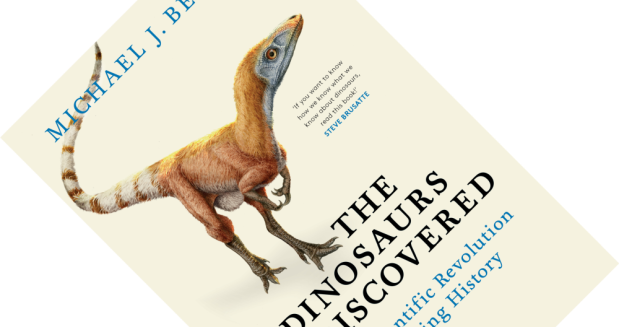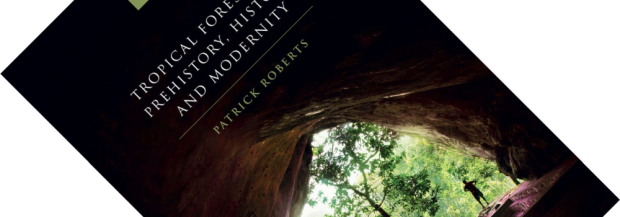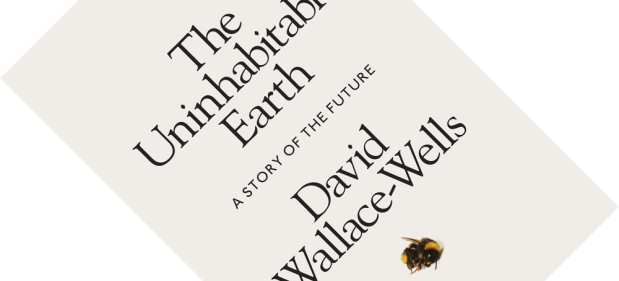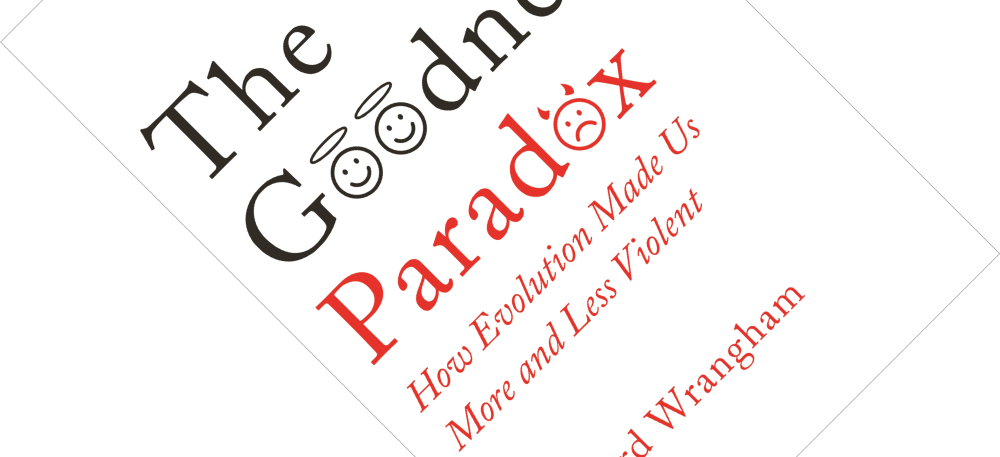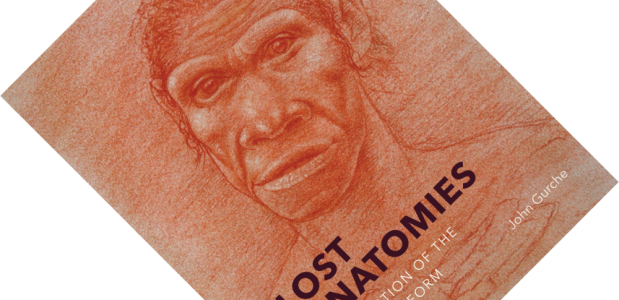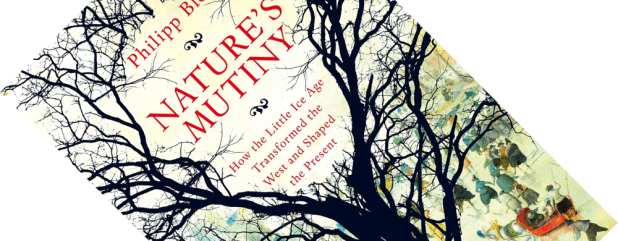Humans have been gazing at the stars since times immemorial. Once we understood what stars were, and that our planet together with others circled one such star, it was only a small step to think that there must be other planets outside of our Solar System. But only in the last 25 years have we been able to start finding these so-called exoplanets. Astronomer Donald Goldsmith here promises, and delivers, an introduction that even an astronomy novice such as myself could understand and thoroughly enjoy.
Year: 2019
Book review – The Dinosaurs Rediscovered: How a Scientific Revolution is Rewriting History
If you are interested in dinosaurs, the last two years have seen a slew of great books published, and there is more in the pipeline. The latest I am reviewing here is The Dinosaurs Rediscovered from the well-known British Professor of Vertebrate Palaeontology Michael J. Benton. With a huge number of possible topics you could write about, and an already saturated book market, Benton has set himself a very specific aim: to show how the science of palaeobiology has moved from a descriptive, speculative scientific discipline, to a hard, testable, rigorous one. In other words, given that palaeontologists nowadays regularly make some pretty amazing and precise claims about creatures long extinct, how, exactly, do they know that?
Book review – Carboniferous Giants and Mass Extinction: The Late Paleozoic Ice Age World
Not so long ago, the idea that giant reptiles once roamed the earth was novel, unbelievable to some, but their reign represents only one part of deep time. Go back further in time, to the Carboniferous (358.9 to 298.9 million years ago), and you will find a world of giants as bizarre and otherworldly as the dinosaurs must have once seemed to us. A world where clubmoss trees grew up to 50 metres tall, with scorpions as large as dogs and flying insects the size of seagulls. With Carboniferous Giants and Mass Extinction, palaeobiologist George McGhee, Jr. presents a scholarly but fascinating overview of the rise and fall of this lost world, and why it still matters to us.
Book review – The Vinyl Frontier: The Story of the Voyager Golden Record
What an appropriately punny title. Indeed, the Voyager Golden Records have boldly gone where no records have gone before. A record with images, spoken greetings, everyday sounds, and classical, contemporary and world music intended as an interstellar hello. Writer, record collector, and self-professed astronomy geek Jonathan Scott here tells the story of one of the most unusual human artefacts to have ever been sent into deep space.
Book review – Tropical Forests in Prehistory, History, and Modernity
Primaeval, pristine, playground of Indiana Jones, home to ancient ruins and primitive tribes – nothing says wilderness more than tropical rainforests. They have had a firm grip on our collective imagination for centuries as the antithesis of civilization. But after reading archaeologist Patrick Roberts’s Tropical Forests in Prehistory, History, and Modernity, it seems my introduction is a load of lyrical rubbish. Synthesizing an enormous body of scientific literature, this book dispels the Victorian-era explorer-mystique to reveal a picture that is far more fascinating.
Book review – The Uninhabitable Earth: A Story of the Future
“It is worse, much worse, thank you think”. With these ominous words, David Wallace-Wells, deputy editor at New York magazine, starts his no-holds-barred story of climate catastrophe. Pulling together worst-case scenario predictions, he is hell-bent on scaring the living daylight out of his readers by sketching the manifold crises that loom in our near future if we let climate change develop unchecked. He proves a poetic agitator and I admire his outspokenness – I don’t think he is alarmist, but simply saying what many scientist are silently thinking. Whether this divisive approach is helpful is another question, and one for which he has been criticised. It is a price Wallace-Wells is willing to pay, because he thinks most people are not scared enough.
Book review – The Goodness Paradox: How Evolution Made Us More and Less Violent
Humans. How is it that you can herd 200 of them into an aeroplane without a riot erupting, while they also commit unspeakable atrocities such as torture, genocide, and war? Anthropologist Richard Wrangham calls it the goodness paradox. In this well-reasoned book, he surveys research from a range of disciplines to try and answer why humans show this odd combination of intense calm in normal social interactions and a ready willingness to kill under certain other circumstances.
Book review – Lost Anatomies: The Evolution of the Human Form
Are science and art strange bedfellows? The answer to this tricky question will hinge on your definition of art. Science and illustration certainly are not. American palaeoartist John Gurche has spent three decades studying ape and human anatomy and making reconstructions of early humans. Amidst all this professional work, he has been quietly building a private portfolio of more artistic images as a creative outlet. After 27 years, this body of work is gathered here in Lost Anatomies. It is an exceptional and beautiful collection of palaeoart that occasionally ventures into slightly psychedelic territory, without ever losing sight of the underlying science.
Book review – Curators: Behind the Scenes of Natural History Museums
One fond memory I have of studying biology at Leiden University in the Netherlands was a behind-the-scenes tour for first-year students at the then brand new location of Naturalis Biodiversity Center. This included a tour of the main tower housing the scientific collection normally off-limits to the general public. This is the domain of the museum curator, but their work involves much more than spending time amidst storage cabinets. To get a good idea just how diverse this job is, look no further than this lively and beautifully presented memoir. Here, Lance Grande tells of his career of more than thirty years as a curator at the Field Museum in Chicago.
Book review – Nature’s Mutiny: How the Little Ice Age Transformed the West and Shaped the Present
In the minds of most people, the words “Ice Age” will invoke images of mammoths and sabertooth tigers. But historians use the phrase “Little Ice Age” to refer to a particular period in recent history when average temperatures dropped for a few centuries. The impact this had on societies was tremendous. In Nature’s Mutiny, originally published in German and here translated by the author, historian Philipp Blom charts the transformations that resulted and shaped today’s world. It is also one of the most evocative book titles I have seen this year.


